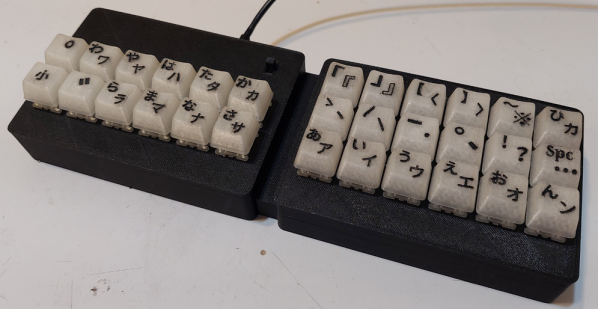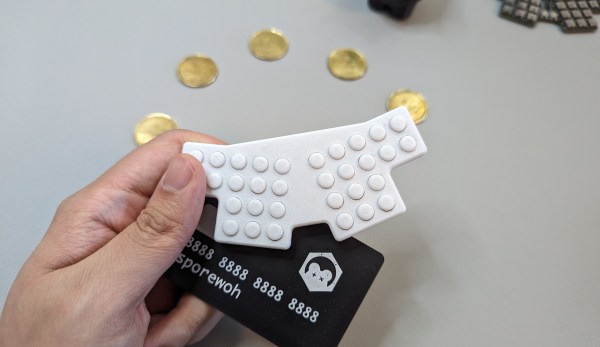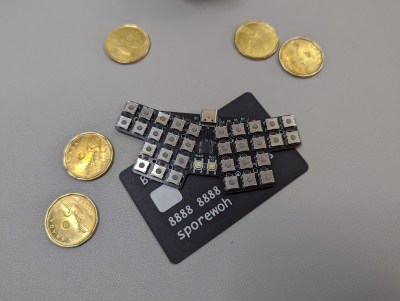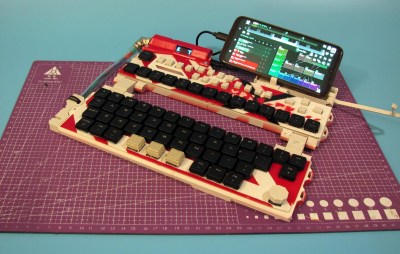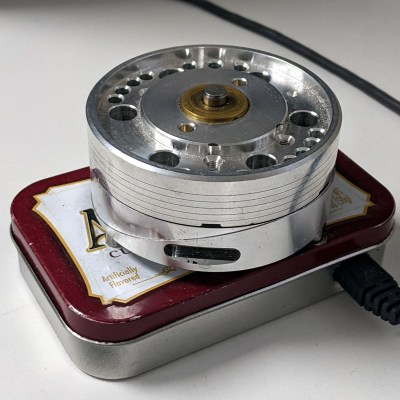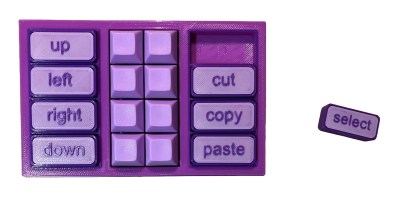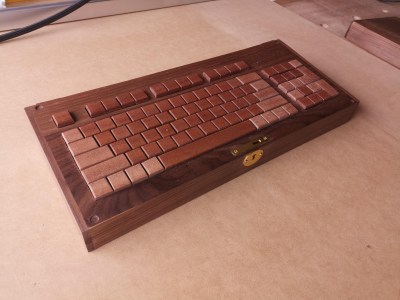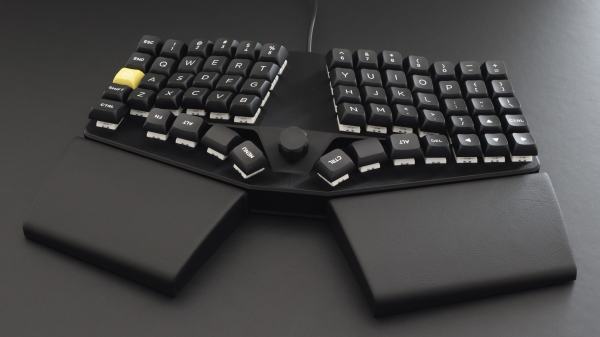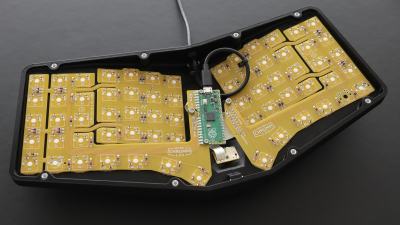There are various situations that warrant additional keyboards on your desk, and inputting a second language is definitely a good one. That’s the idea behind KanaChord, which generates Unicode macros to render Japanese Kana characters using chords — pressing multiple keys at once as you would on a piano.
The Japanese writing system is made up of Kanji (Chinese characters), Hirigana, and Katakana. Without going into it too much, just know that Hirigana and Katakana are collectively known as the Kana, and there’s a table that lays out the pairing of vowels and consonants. To [Mac Cody], the layout of the Kana table inspired this chording keyboard.
Continue reading “KanaChord Is A Macro Pad For Japanese Input”

